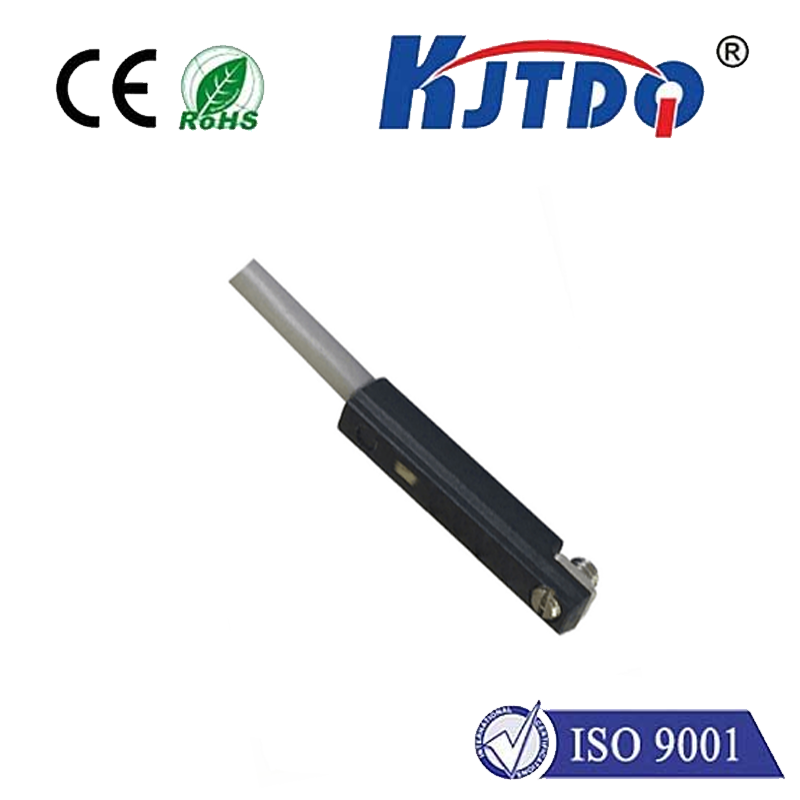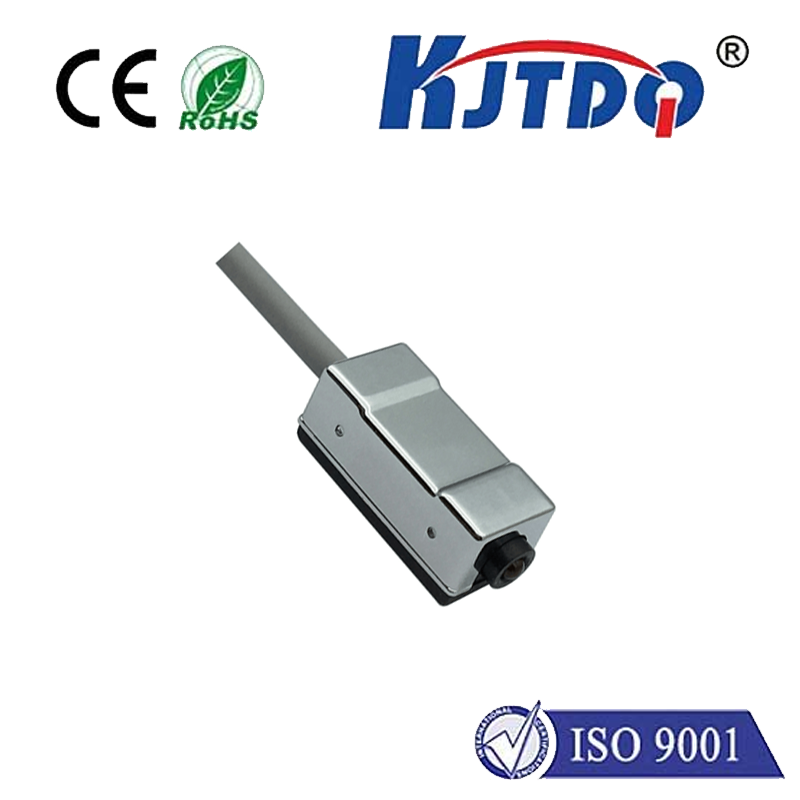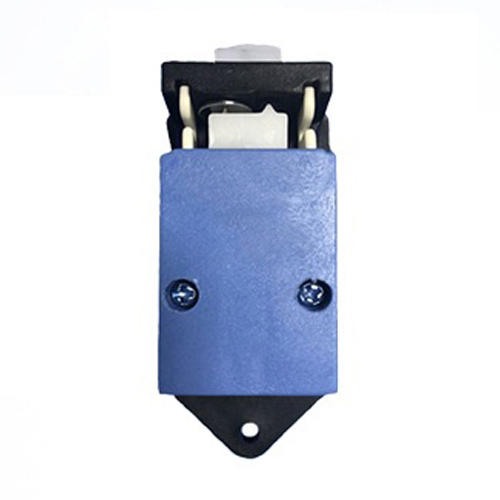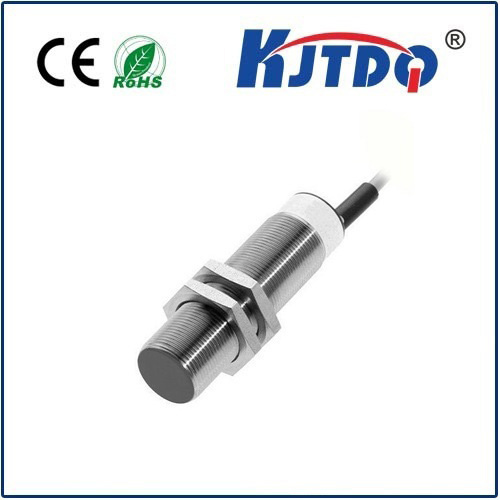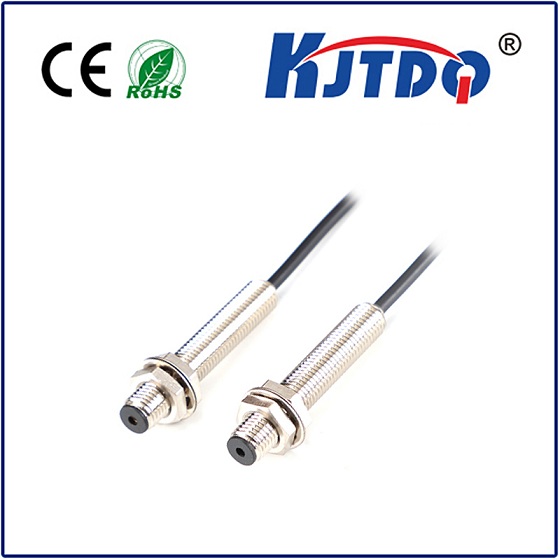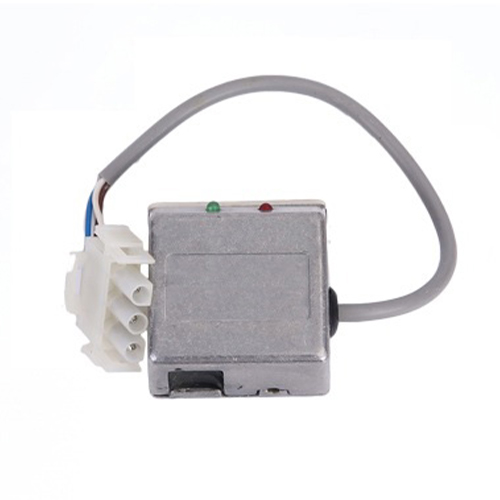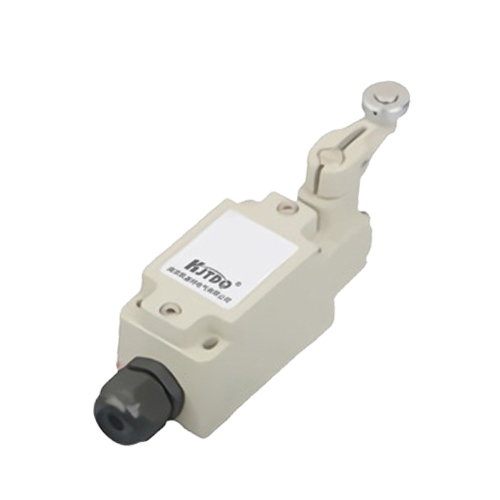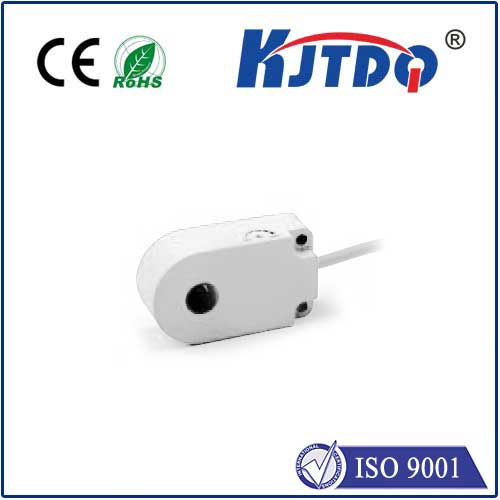Laser Transducers: The Precision Powerhouse Transforming Modern Technology In an era where a surgeon’s steady hand is augmented by robotic accuracy, and manufacturing lines operate with micrometer-level precision, one innovation quietly fuels these advancements: laser transducers. These devices, often overlooked in mainstream tech conversations, are the unsung heroes behind countless breakthroughs in industries ranging from healthcare to aerospace. But what exactly makes laser transducers so pivotal? Let’s explore how they work, their transformative applications, and why they’re becoming indispensable in our tech-driven world.
А.Лазерный преобразователь is a device that converts laser energy into another form of measurable output—such as electrical signals, motion, or thermal changes—with exceptional accuracy. Unlike conventional sensors, which may rely on mechanical or analog systems, laser transducers leverage the coherence and focus of laser light to achieve unmatched precision. This makes them ideal for tasks requiring non-contact measurement, ultra-fine calibration, or real-time feedback in dynamic environments. At their core, these devices operate on principles of photonics and optoelectronics. A laser beam is directed toward a target, and interactions between the light and the target (e.g., reflection, scattering, or absorption) are captured and translated into usable data. For instance, in a laser Doppler vibrometer, minute vibrations in machinery are detected by analyzing shifts in the laser’s frequency, enabling predictive maintenance before a breakdown occurs.
In automotive and aerospace manufacturing, tolerances are measured in microns. Laser transducers play a critical role here, ensuring components like turbine blades or engine parts meet exact specifications. Companies like Siemens and Tesla use laser-based alignment systems to automate assembly lines, reducing human error and boosting productivity. A single misaligned part could cost millions, making the non-contact, high-speed measurement of laser transducers a game-changer.
The medical field has embraced laser transducers for their ability to deliver sub-millimeter accuracy. In ophthalmology, devices like optical coherence tomography (OCT) scanners use low-power lasers to create 3D images of retinal layers, aiding early detection of diseases like glaucoma. Meanwhile, robotic surgical systems, such as the da Vinci Surgical System, rely on laser-guided feedback to enable surgeons to perform minimally invasive procedures with unparalleled control.

From tracking atmospheric pollutants to optimizing solar panel efficiency, laser transducers are vital for sustainable innovation. Lidar (Light Detection and Ranging) systems, for example, employ pulsed lasers to map terrain or monitor carbon dioxide concentrations in real time. In renewable energy, laser-induced breakdown spectroscopy (LIBS) helps analyze material composition during solar cell production, ensuring maximum energy conversion rates.
The rise of laser transducers isn’t accidental—their advantages are clear:
Non-Contact Operation: Eliminates wear and tear, ideal for delicate or hazardous environments.
High Resolution: Capable of detecting changes as small as a nanometer.
Speed: Real-time data acquisition enables rapid decision-making in automated systems.
Многогранный.: Adaptable to diverse wavelengths and applications, from ultraviolet to infrared. Consider the challenge of measuring the thickness of glass panels on a high-speed production line. Mechanical sensors might scratch the surface or slow down the process, but a laser thickness gauge accomplishes this seamlessly, ensuring both precision and efficiency.
As industries push toward miniaturization and IoT connectivity, laser transducers are evolving to meet new demands. Researchers are developing chip-scale photonic sensors that integrate laser transducers with silicon-based electronics, paving the way for wearable health monitors or smart infrastructure systems. Meanwhile, advancements in AI are enabling these devices to not only collect data but also predict anomalies—imagine a wind turbine that self-adjusts based on laser-detected stress patterns. In quantum computing, laser transducers are even being explored as interfaces to convert microwave signals (used by qubits) into optical signals for long-distance communication. This could solve one of the biggest hurdles in building scalable quantum networks. From the factory floor to the outer edges of scientific exploration, laser transducers are proving that light, when harnessed with precision, can illuminate paths to innovation we’ve only begun to imagine. As technology continues its relentless march forward, these devices will undoubtedly remain at the forefront, transforming challenges into opportunities—one photon at a time.

